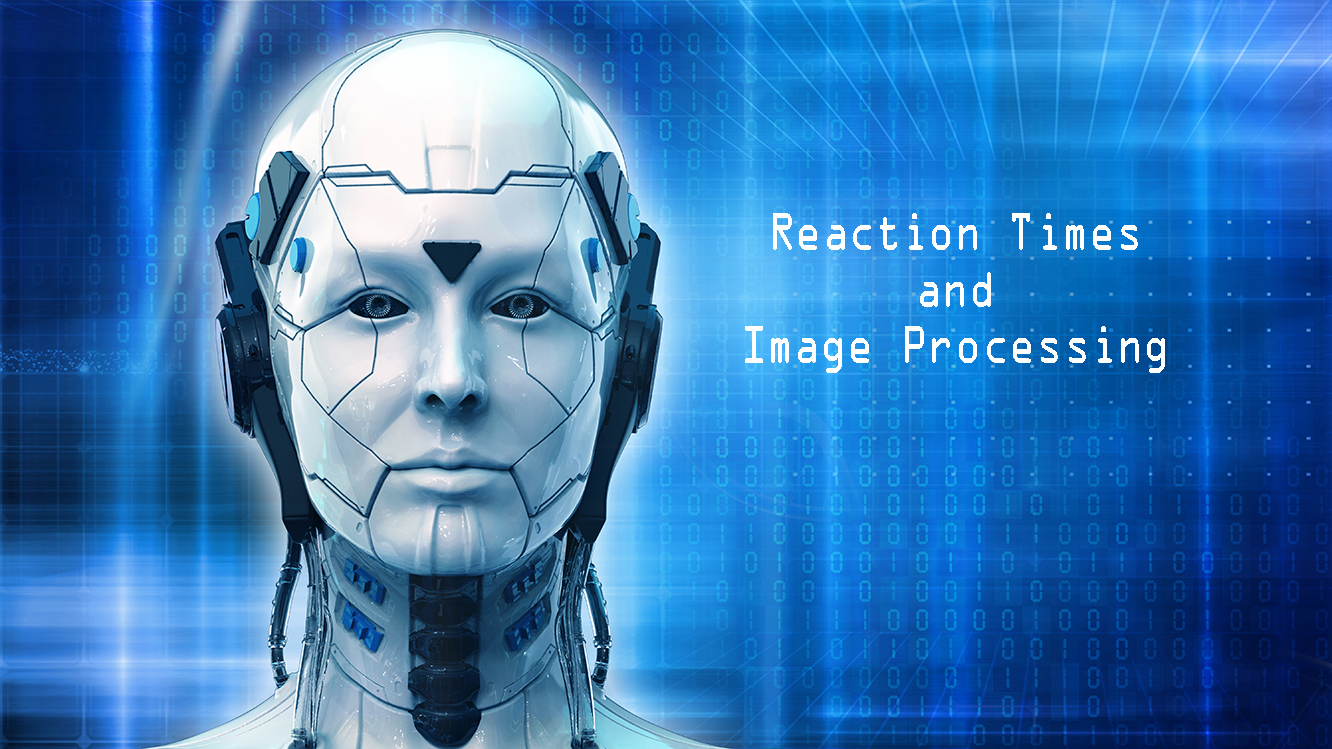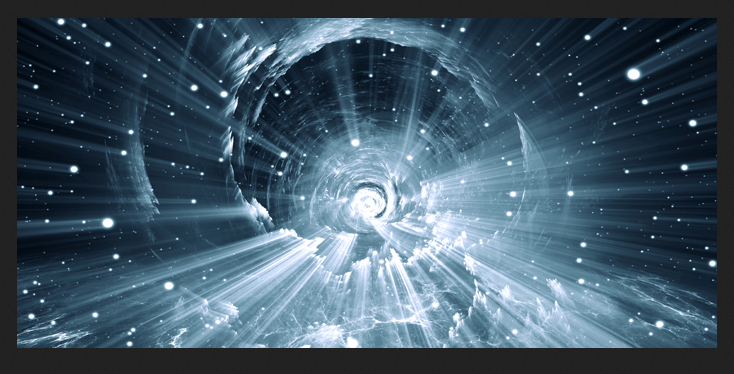Mental chronometry, is the scientific study of processing speed or reaction times (RT) on cognitive tasks to include the content, duration, and temporal sequencing of mental operations.
The processing speed we believe we are capable of has impacted how military, law enforcement and civilians have trained for more than 3 decades. How fast can we see and understand what is happening and then react to it? During the 1980's and 90's the scientifically held processing speed was believed to be more than two-tenths of a second, at 0.25. This meant, when a person saw something such as the bad-guy going for a gun, it would take the brain just over two-tenths of a second to understand this. Once you understood what was happening you could begin reacting. Another measured amount of time was added to account for this and was another 0.25 of a second. Effectively, 1/2 second of time had elapsed before any response to a threat could occur, that was the science of the day. Personally, I recall these numbers being discussed on the range when I attended a week of training at the infamous steel range created by Bill Rogers, in 1993.
Our understanding of RT 30 years ago was justification for what I refer to as the shoot-center-mass-first training adage, which is still prevalent in most military, law enforcement and civilian training today. We believed then, there was no time to think about anything, just react to the threat and get rounds on target as fast as possible. As such, it made sense to place those rounds center mass and aiming for the head was considered to be risky.
In the 2000's the scientifically held RT jumped from two-tenths of a second to one-hundredth of a second (0.01). You, likely have the ability to perceive the space of time that is two-tenths of a second. However, do you think can perceive one-hundredth of a second? That's one second broken into 100 parts. That's fast. This discovery was a significant leap forward and the old adage of hey, there isn't time to think just get rounds on target, didn't really fly anymore. That training adage no longer held water, but, no one thought to change the way we trained in lieu of that new information. Admittedly, as humans we are pretty good at repeating what we we're shown. Some, refer that phenomena as Institutionalized Inertia. We go on year after year teaching each other the same bag of tricks because, this is how it's done. If it isn't broken, don't fix it.
Even faster. Reflect upon one-hundredth of second for a moment, that's fast. But, what if I told you that time was blown of of the water in 2014, by neuroscientists at MIT? The scientists set out to test the first aspect of RT which is perceiving that something is happening, such as the bad-guy going for a gun.
The scientists at MIT approached the study from the perspective of processing images. How fast can we understand and recall what we see? Video game programmers and designers know the human brain processes images between 30 to 60 frames per second, which are still numbers commonly accepted. However, the MIT study far exceeded those numbers and determined that humans can process an image in just 13 thousandths of a second, or just 13 milliseconds. That's about 8 times faster than the previous number of one-hundredth of second, or 100 milliseconds.
Now, regarding that old training adage, there isn't time to think just get rounds on target, it simply doesn't not hold water any longer. But, how could this data change the way we train? How should it change the way military, law enforcement and civilians train to eliminate a threat?
First, if we're going to take advantage of nearly instantaneous image processing speeds as identified at MIT, we need something to process. To use the previous example of a bad-guy going for a gun, a silhouette target isn't providing the visual input needed. We need targets that depict what we're seeing just before we react to eliminate the threat. In my experience and to my knowledge the reality of most life-threatening situations is that they are often a dynamic situations. That means the situation is not static, things are in motion. I'm sure this is true of most military, law enforcement and civilian engagements. Whether its a sniper, an entry team, a cop on the side of the road, or a civilian carrying concealed, the threat and the situation is fluid and in motion. Time doesn't stand still. In relating back to the images we should be processing they should represent the nature of the threat just before we engage. Therefore, the images and targets we're training with should depict a variety of threats in motion. Also note, body posture changes when holding a rifle verses a pistol and our training aides should depict that, as well. There is also a psychological element to the targets we're shooting at. Does your target depict a beauty contest winner or an off duty cop posing for a picture? Or, are you totally old-school shooting at silhouette targets, which were the latest and greatest thing for training the troops during Vietnam? Generally speaking, the more realistic we make our training the more valuable it is.
Reaction times (RT). Former Special Forces soldier and combat veteran Johnny Primor (Courses of Action) says on the range, gun fights are often won in milliseconds. However, what this statement leaves out is that your reaction time not only has to be faster than you're opponent, it also has to be more accurate. The situation may amount to who kills the other the fastest. Your rounds have to be effective. Lots of phrases are used to reinforce learning objectives on the range and here's another, you can't miss fast enough. Fast is fine but accuracy is final. Suppose you got the drop on a guy and shot him twice in the chest with your rifle. You trained hard and practiced the mechanics of coming up from the low ready and placing two rounds on target 100's of times. You effectively programmed your own response. Understand, repetitive programming is effective and difficult to reverse. Hence the adage, train the way you want to fight and you will fight the way you've trained. However, in this example, which happens to be true, this actually happened, the terrorist was faster, but he shot our guy squarely on the plate-carrier even though he could plainly see it. The terrorist literally programmed himself to not think, just shoot, just get rounds on target as fast as you can. Sound familiar? That guy is dead now, game over. The terrorist had trained to shoot center mass, just like most military law enforcement and civilians still do.
By the way, training to shoot shapes, circles and squares is worse than training on a silhouette target and is akin to training on a bulls-eye target. In the book On Combat, author Grossman describes how combat hit ratios increased significantly following WWII and during the Vietnam war due to the fact that the army phased out the bulls-eye target in favor of the silhouette target.
Aim small miss small, is another often used phrase on the range. When its go-time and you're in the process of shooting to eliminate the threat what are you going to aim at? A silhouette target has lines and zones but there are none of that on a real person. Targets are training aides. Image Processing Training™ entails repetitively seeing realistic images/ threats at various angles and body positions. We train ourselves to think about penetrating one of two locations, the cerebellum of the brain, or the heart. This is 3 dimensional thinking and requires some cognitive ability. Train smarter not harder. When you begin to shoot and train you'll begin using body parts such as the ears and arm pits, as markers to instantly locate the heart or the cerebellum of the brain. Training in the methods of image processing will allow you to eliminate the threat faster than otherwise. This in itself can be life-saving and likely it will be your life.
Is training to shoot center mass a problem? It's a big problem if your opponent is wearing a Kevlar vest or a plate-carrier with ballistic plates. We behave in the manner in which we have trained ourselves. As the phrase is true, we are truly products of our training. Through repetition, we are literally programming ourselves to react in the prescribed manner.
So, what percentage of the threats might be wearing a Kevlar vest or a plate-carrier? Before you answer think of this, more of these items are sold everyday and there are hundreds of thousands of Kevlar vests and ballistic plates on the street. Maybe, you deem the risk to be super low. The problem is, if you do happen to come across a threat such as this you are likely to respond in the same way as our dead terrorist. Also, if we train in the methods of Image Processing we can easily migrate over to shooting shapes and silhouettes just fine. But, the reverse is not true. Once we've trained ourselves to shoot center mass and to get rounds on target as fast as possible, that's what we'll do. Because, that's how programmed ourselves.
What if the way we are currently training isn't broken per se', but there is a better way, a superior way to begin training? There is, it's called Image Processing Training™. The armies of the world and throughout history are known to be defeated when new tactics and fighting techniques supercede the status-quo. Have you noticed the evolution of mixed martial arts? A UFC fighter 30 years ago would hardly stand a chance in the Octagon today. Training with a firearm is a contemporary martial art. We should be willing to drop one method of training in favor of another once we understand there is a better way. As we all know, we also tend to be resistant to change, it's just a simple fact of human nature. However, there is no start-over, or game reset in this game, it's simply game-over.
~ Fern



Leave a comment
This site is protected by hCaptcha and the hCaptcha Privacy Policy and Terms of Service apply.